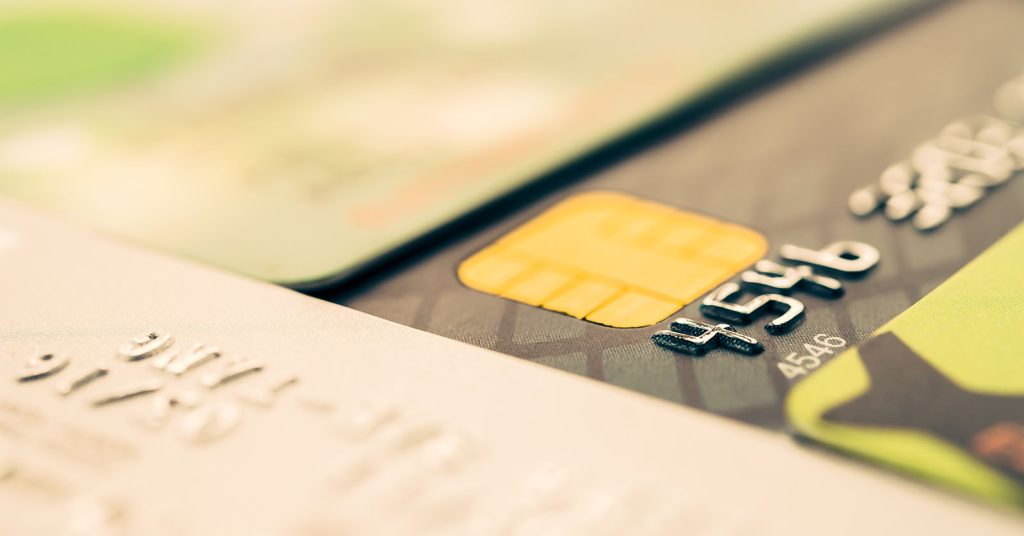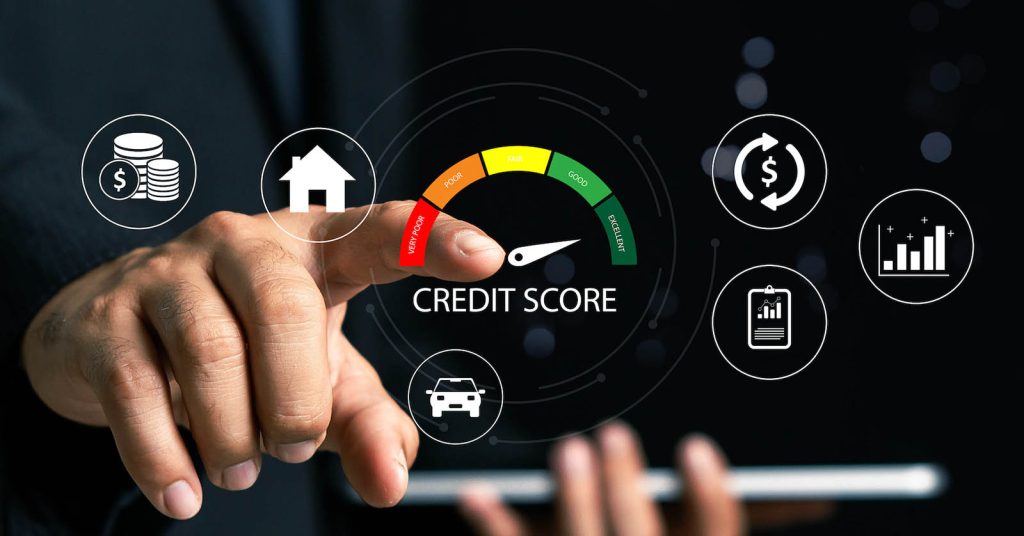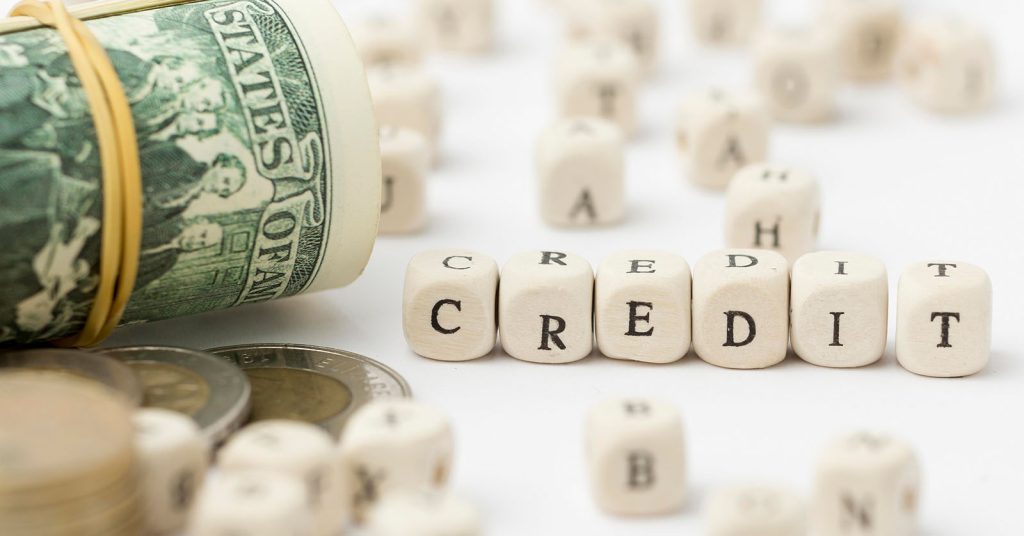A secured credit card is the most reliable way to go from “no/low credit” to a scorable, lender-friendly file — without taking big risks. You put down a refundable cash deposit (often a few hundred dollars), receive a credit limit typically equal to that deposit, use the card lightly, and pay on time. The key is picking a card that reports to all three bureaus, keeping balances low relative to the limit (that’s your utilization), and paying the statement balance in full to avoid interest. Federal consumer guidance is clear: on-time payments and low balances drive improvement, while carrying a balance is unnecessary for scores. Most issuers give a grace period on purchases when you pay in full by the due date; many secured programs also offer a graduation path to an unsecured card once you’ve proven yourself. Your deposit should sit at an FDIC- or NCUA-insured institution and be returned when you close or “graduate,” assuming the account is in good standing.
Key Takeaways
- Secured = real credit card. You provide a refundable deposit and get a limit; the account can build credit if it reports to all three bureaus.
- Pay in full, on time. Paying the statement balance every month avoids interest and strengthens payment history — the top score factor.
- Keep utilization low. Balances vs. limits influence scores; “amounts owed” is a major FICO® factor (≈30%).
- Grace periods matter. Most cards don’t charge purchase interest if you pay in full by the due date each cycle.
- Safety net. Deposits at insured banks/credit unions are generally protected up to $250,000 per depositor, per institution, per ownership category.
What a Secured Card Is (and Why It Works)
A secured card is a standard Visa/Mastercard issued under your name with a security deposit that the bank holds as collateral. Unlike prepaid or debit, it reports as a revolving credit line — the same type of tradeline many lenders expect to see. Because the issuer’s risk is buffered by your deposit, approval criteria are often looser than for unsecured cards. What drives the score lift isn’t the card’s label; it’s the data it generates: monthly reporting of your on-time payments, your statement balance (which determines utilization math), and the account’s age as it seasons. CFPB materials aimed at “credit invisible” consumers specifically call out secured cards as a practical on-ramp, noting typical deposits can start around $50–$300 and that many programs include “graduation” to unsecured after consistent performance. This is precisely why secured cards are recommended in most rebuild checklists: they create predictable, positive data quickly, with limited downside if you automate payments and keep spending small.
How to Pick a Good Secured Card (Checklist)
You don’t need the “perfect” card — you need one that reports broadly, costs little, and fits your cash flow. Before applying, verify:
| What to confirm | Why it matters | What “good” looks like |
|---|---|---|
| Reports to all three bureaus? | Builds credit everywhere lenders look. | Issuer confirms Equifax, Experian, and TransUnion reporting. |
| Deposit & credit limit rules | Determines your starting utilization headroom. | Refundable deposit (often $50–$300+); limit ≥ deposit; simple funding steps. |
| Fees & APR | High fees eat value; APR matters if you ever revolve. | Low/no annual or monthly fees; clear pricing disclosures. |
| Graduation path | Moves you to unsecured and returns deposit. | Stated review window (e.g., 6–12 months) with deposit refund at upgrade. |
| Grace period on purchases | Avoids interest when paying in full by due date. | Most cards provide a grace period; confirm terms. |
| Where the deposit sits | Safety and access if the bank fails. | Held at FDIC/NCUA-insured institution; refund at closure/grad. |
Issuer agreements (posted publicly) spell out deposit collateral accounts, grace-period language, and fee tables — scan them before you apply.
Set It Up Right (One-Hour Weekend Plan)
First, choose a card that checks the boxes above and apply with accurate personal info that matches your credit file (name, address, SSN). Second, fund the smallest deposit that still leaves you room to keep utilization low after a small recurring charge posts — for many starters, that’s €/$200–$500. Third, add one predictable, low-dollar subscription (for example, music or cloud storage) and set autopay to “statement balance” from checking; add “minimum due” as a backup rule if your bank allows a second pull. Fourth, turn on alerts: payment due, payment posted, and balance thresholds so you never accidentally spike utilization near statement cut. Fifth, make a monthly reminder for “statement week” — that’s when balances are captured and sent to bureaus; keeping the balance low at that moment helps utilization optics. Finally, store your deposit receipt and account agreement PDF in a “Credit Builder” folder; you’ll want them when you ask to graduate and get the deposit back. This simple setup generates positive data with essentially no ongoing effort — and avoids the three classic mistakes: over-spending the small limit, paying late, and carrying a balance.
Use It Safely: Utilization, Interest, and Timing
Utilization — your balance divided by your credit limit — is a major score signal in the FICO® “amounts owed” bucket. With a small secured-card limit, it’s easy to appear “maxed” even with modest spending. Keep your statement-time balance in the single digits relative to your limit (e.g., ≤10% is a conservative working target), and remember that paying before the statement closes can lower the reported balance. If you pay the statement balance by the due date and your account has a grace period, purchases typically won’t accrue interest; if you revolve even once, you can lose the grace period for the next cycle. Autopay “statement balance” is the safest default, but pair it with a checking buffer so you don’t trigger overdrafts. If your bank offers balance or large-transaction alerts, turn them on — they catch unusual activity between check-ins. Over several months, the combination of 100% on-time payments and low utilization does most of the scoring work; you don’t need multiple new accounts to see progress.
When (and How) to Graduate to an Unsecured Card
Many secured programs periodically review your account — often at six to twelve months — and may convert you to an unsecured card and return your deposit if you’ve paid on time and kept balances modest. You don’t have to wait passively: after six consecutive on-time payments, ask for (1) graduation timing, and (2) a limit increase. A higher limit helps utilization math and makes it easier to keep the statement-time balance in the low single digits with normal purchases. When you graduate, keep the original account open if it’s fee-free; age of accounts is a positive factor, so closing your only card right after upgrading can backfire. If your issuer doesn’t offer graduation or charges heavy annual/monthly fees, consider switching once you’ve built some history — but space applications to minimize hard inquiries while you’re still early in the rebuild. Always verify that any new card reports to all three bureaus.
Pitfalls to Avoid (So Progress Sticks)
Don’t choose a card that reports to only one or two bureaus — it slows your progress with lenders that pull the “missing” file. Avoid high-fee “second-chance” offers with monthly program fees that exceed the value you’re getting; a low-cost secured card from a credit union is often safer. Don’t overfund the deposit beyond what you can safely leave untouched; it’s collateral, not spending money. Don’t ignore statement cut dates: a near-limit balance that reports can ding scores even if you pay in full a few days later. Don’t assume all purchases have a grace period; cash advances and some special transactions can accrue interest immediately — check your agreement. Finally, don’t apply for a handful of cards at once “for utilization”; new inquiries and thin-file risk can offset the benefit. One well-managed secured line is enough to get moving; layer in additional products only after six to twelve months of clean history.
Frequently Asked Questions (FAQs)
How big should my deposit be?
Large enough to keep utilization low with a small recurring charge, but not so large that you strain cash flow. Typical starter deposits begin around $50–$300 and scale up if needed.
Do I have to carry a balance to build credit?
No. CFPB guidance recommends paying your statement balance in full each month; carrying a balance is unnecessary for scores and costs interest.
How fast will a secured card improve my score?
Many people see a scorable file and early movement within a few months of on-time reporting. The bigger gains come after several on-time cycles with low statement balances. Results vary by file and model.
What if my secured card doesn’t have a grace period?
Most do on purchases, but it’s not legally required. If your agreement lacks a grace period or you’ve lost it by revolving, you can be charged interest even when you pay by the due date. Check your disclosures.
Is my security deposit safe if the bank fails?
If it’s held at an FDIC-insured bank (or NCUA-insured credit union), deposits are generally protected up to $250,000 per depositor, per institution, per ownership category.
Sources
- CFPB — Building credit from scratch (secured cards, deposits, graduation)
- CFPB — How to rebuild your credit (pay in full, on-time)
- CFPB — What is a credit card grace period?
- FICO — Amounts owed (utilization is a major factor)
- Experian — Credit utilization rate basics
- FDIC — Deposit Insurance at a Glance
- Example issuer agreement — secured card collateral & terms (Wells Fargo)
- Example issuer agreement — secured card pricing summary (WebBank)









